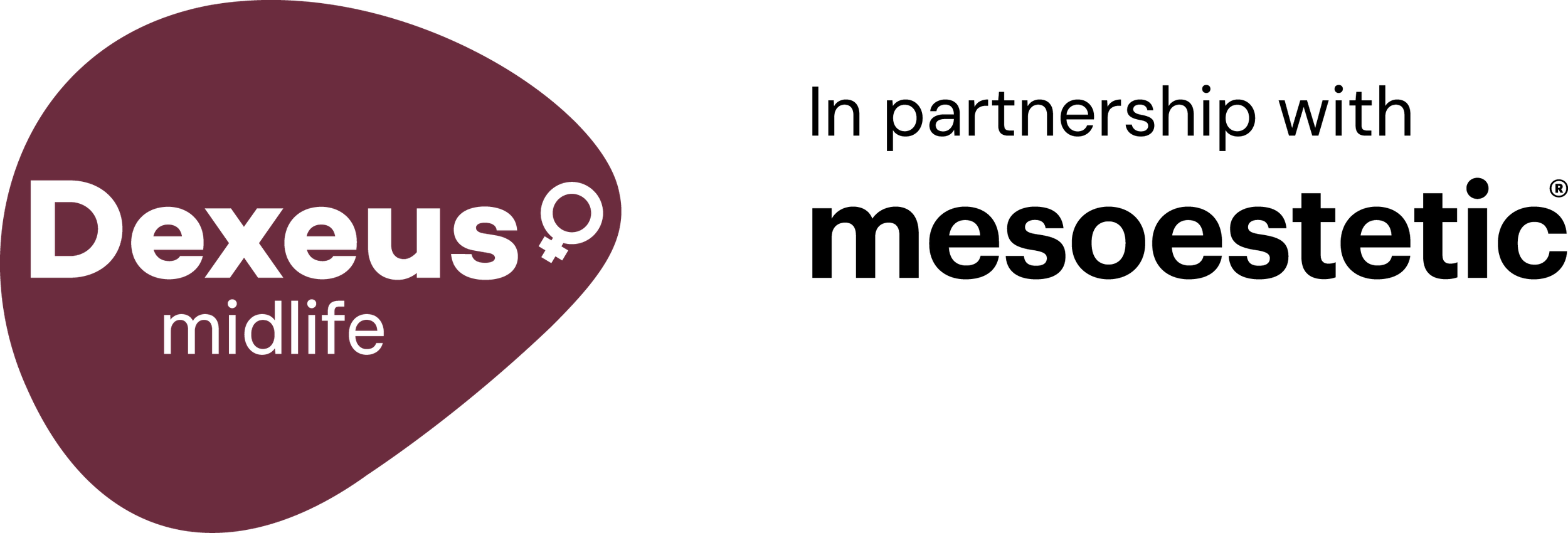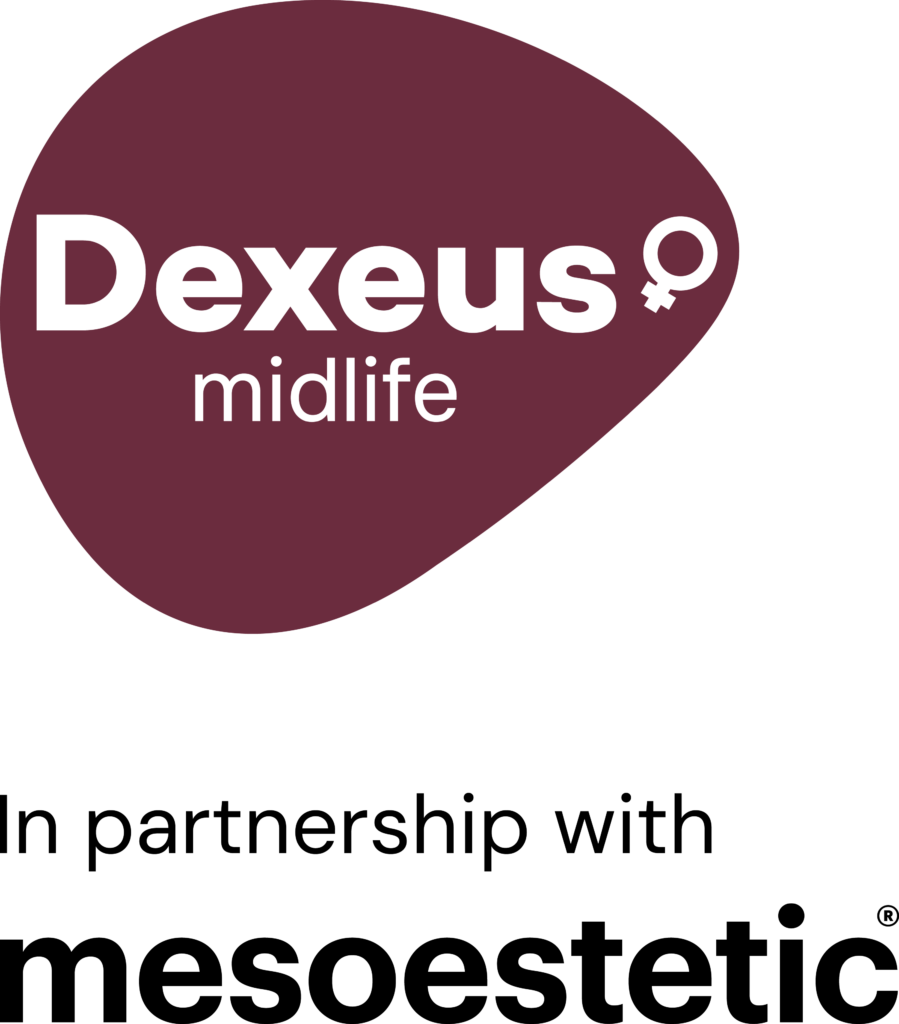At our clinic we provide you with a wide range of chemical peels to improve the quality of the skin and correct imperfections such as wrinkles, blemishes, acne, redness and loss of elasticity and skin firmness.
It is a non-surgical and non-invasive dermatological treatment in which certain types of acids are used on the skin to accelerate or promote its natural cell rejuvenation process. Although they can be performed anywhere in the body, the most common chemical peels are facial chemical peels.
There are 4 types of chemical peels: very superficial, superficial, medium and deep.
Very superficial peels slightly exfoliate the outer layer of the skin, in order to even out the tone and give a more radiant appearance.
Superficial peels act slightly more deeply, stimulating the renewal of the epidermis.
Medium peels reach the epidermis in its entirety, producing significant peeling. They stimulate skin regeneration, boosting collagen and elastin synthesis.
Deep peels work on the deepest layers of the skin, resulting in a reorganisation of structural elements (collagen and elastin fibres). They are mainly indicated for scars caused by severe acne and mid-level ageing due to sun exposure.
What it is
- Personalised diagnosis
The treatment programme is chosen with an individualised diagnosis for each patient.
- Sessions
1 session every 15-21 days for 30 minutes.
- Duration
The duration of treatment varies depending on the patient’s progress.
- Recovery
It is a non-invasive treatment and skin reactions disappear in a few days.
Who is the treatment intended for?
- The treatment is suitable for all types of skin.
- In addition to the acceleration of the natural skin renewal process, some of the benefits that can be achieved are as follows:
- Diminishes wrinkles on the face, neck and cleavage.
- Increases skin firmness and elasticity.
- Improves the appearance of acne skin.
- Diminishes the blemishes caused by age, sun exposure and hormonal stimulation caused by pregnancy and contraception.
- Improves texture, small scars, stretch marks and open pores.
Expected outcome
Considerations to be taken into account
- Chemical peels are very safe procedures and offer many benefits. However, during treatment sessions, the following skin reactions may be reported:
- Redness.
- Stinging.
- Tingling or itching sensation.
- Peeling.
- Frosting in the case of deep peels.
FAQs
How will the patient's skin be immediately after a peel?
The skin will be tight, red and slightly inflamed. Depending on the depth of the peel, a certain peeling can also be observed. All these effects will disappear after a few hours.
Can anyone undergo a peel?
People with herpes, warts, open wounds, history of hypertrophic scars and keloids or who have undergone cryotherapy or surgery in the last month should not undergo a peel, for example, with glycolic acid, although each patient will always be assessed individually.
From what age can the skin be subjected to a peel?
For the application of this type of treatment, age is not so important, but the skin’s condition is, as in cases of young people who have problems with blemishes or acne, it can be the best solution.
Where can peels be applied?
Chemical peels can be applied to any area of the skin. They are usually applied on the face, neck and cleavage, but they can also be applied on the skin on the back of the hands, arms, forearms, back and thighs.
Discover the experiences of our patients
I recommend it 100%
“Lorem ipsum dolor sit amet, consectetur adipiscing elit. Curabitur consectetur euismod tellus, vel pretium nulla. Vestibulum lobortis venenatis erat vel rhoncus. Phasellus volutpat tortor vitae nisl pharetra tristique. Sed ac nisi congue, posuere felis tincidunt, consequat risus. “
Carmen Rodríguez, Barcelona
Related treatments
Carboxytherapy
Carboxytherapy
Some aesthetic medicine techniques are unknown to many people. This is the case with carboxytherapy, a technique that promotes the...
Read moreHyaluronic acid filler
Hyaluronic acid filler
Over time, the skin undergoes a series of changes, including the appearance of expression lines, furrows, wrinkles, flaccidity and volume...
Read moreMesotherapy
Mesotherapy
Mesotherapy has been referred to for several years as one of the most effective medical-cosmetic techniques for the treatment of...
Read more
